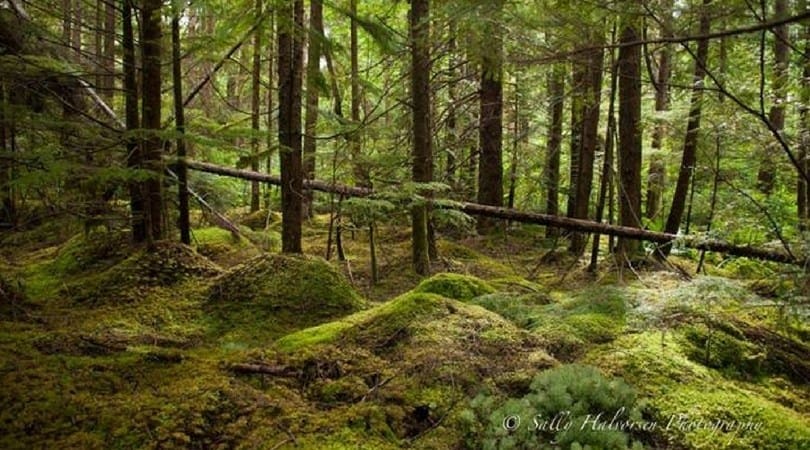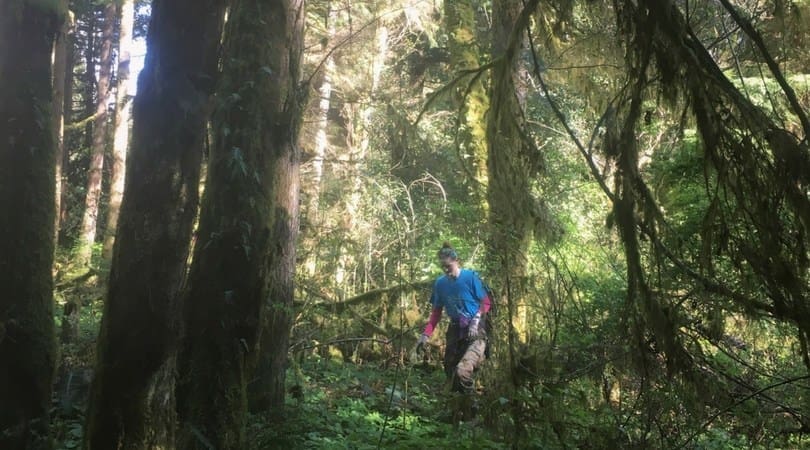PRESERVATION
Protection of natural lands not only retains habitat for Washington’s native plants and wildlife, but also offers human benefits through ecological services like carbon storage, groundwater recharge, flood and drought mitigation, and storm-water filtration.
SHADOW Lake Nature Preserve is committed to preserving and protecting vulnerable ecosystems in a rapidly urbanizing corner of King County. Join us in our preservation efforts, today!
Ecosystems & Habitats
Shadow Lake Bog
The famous Shadow Lake Bog is the jewel of the Nature Preserve. This 8,000 – 10,000-year-old, peat-moss bog is a remnant of the Puget Lobe Glacier, which once covered the majority of Western Washington. SHADOW Lake Bog is the only sphagnum-hemlock peat bog under protection in Washington state. The bog’s unique soil and water qualities allow plants found nowhere else in Washington to grow.


Scrub-Shrub Wetland
Along the banks of Shadow Lake, shrubby vegetation lines the shore. This low-growing vegetation shades the banks of the lake, cools the water, and supports invertebrates and other life. Look for salmonberry, Douglas spirea, willows, and red osier dogwood growing along the sides of the bank. Scrub-shrub wetlands are ideal locations to spot local birds, as they nest and fish in this area. This area is great for seeing mammal tracks as well, as the wetlands are a source of drinking water for wildlife.
Mixed Conifer/Deciduous Forest
SHADOW Lake Nature Preserve’s upland area contains a healthily mixed conifer/deciduous forest habitat. This habitat is a mixture of second-growth forest and a few old-growth trees. The Woods Trail offers views of mature western red cedar trees, sword ferns, and salmonberry growing along the side of seasonal streams. The headwaters of Jenkins Creek also originates in this area, carrying cool clean water into Soos Creek and the Green River, out to the Puget Sound through Elliott Bay.


